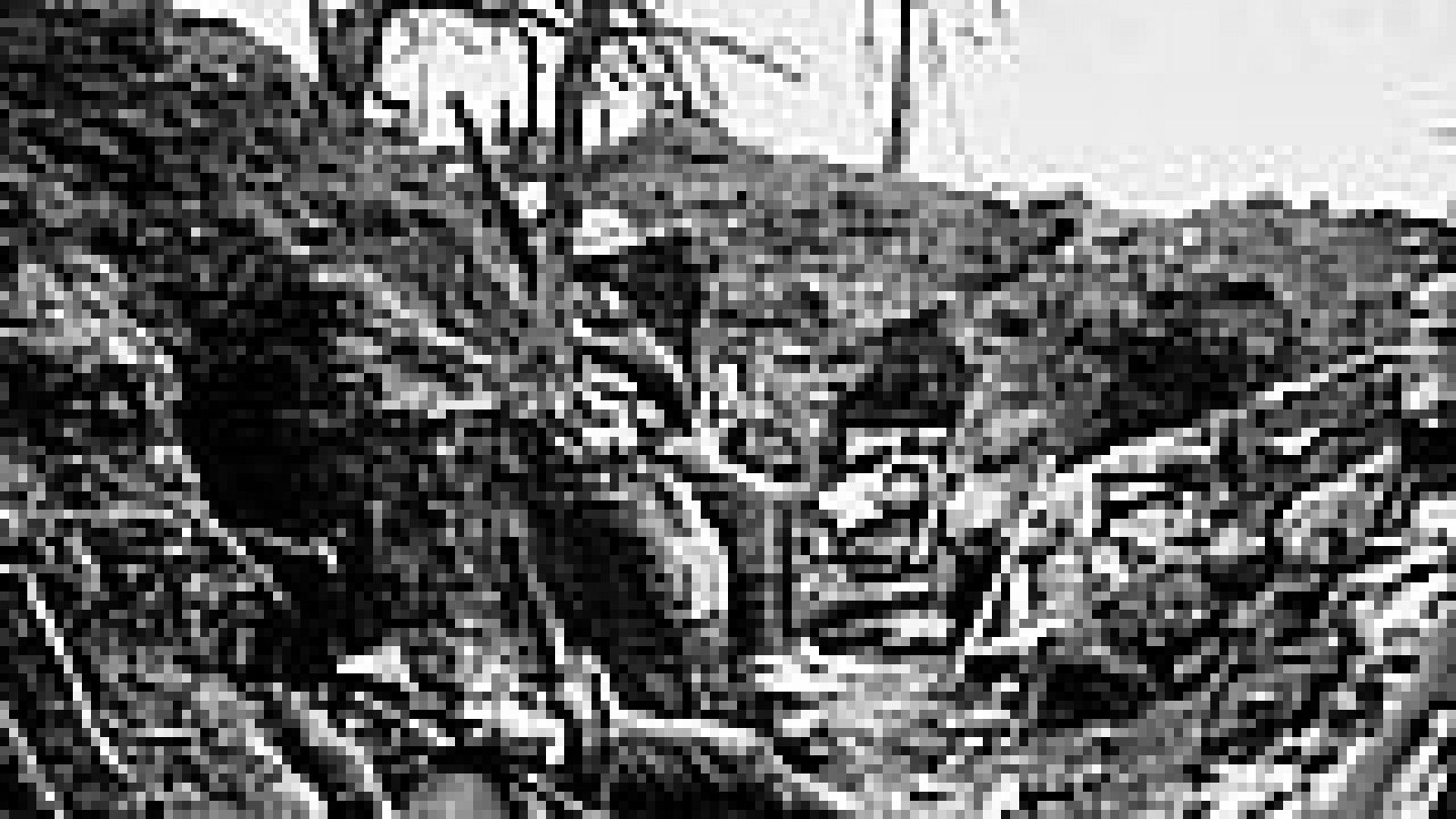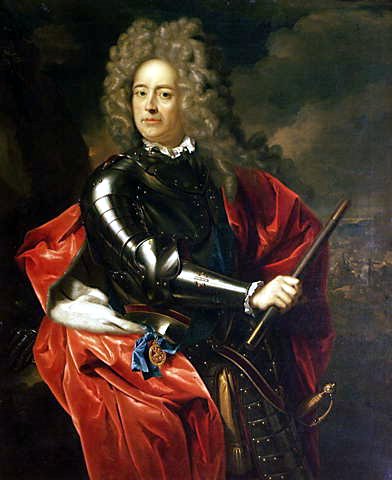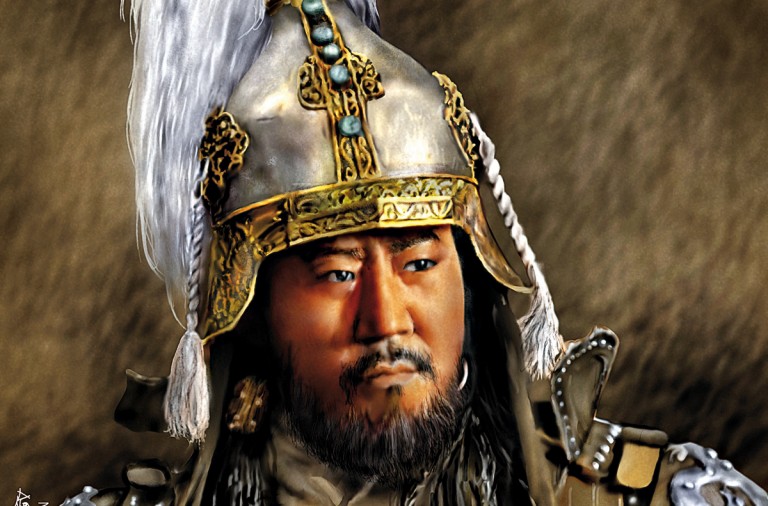Combat and operative movements are not antagonistic forces. Rather, they are necessary and complementary forces. That move harmonically and opportunely our military resources in the effort to achieve the objectives that an enemy would violently denies us. Combat is the utilization of combat capacity, while operational movement refers to the employment of the operational movement capacity of a military system.
Introduction.
Both form a unit of action, so that one without the other can not exist from conceptual and practical points of view in the machine of war. One force may sometimes be predominant, such as when it is being employment, and during that period it is more visible to observers and in its effects.

The combat without opportunity and operational transcendence ultimately falls, in unbearable human and material losses and brutal and successive shocks. That enervate and degrade participants. Effects that could get in «the chaos born from itself». An example are the battles on the Western Front during World War I. Which originated the tactic of slow, prolonged, stabile and undecided fighting, whose results and personal and economic costs were terrible.

Operational movement that systematically avoids combat also fails due to the lack of decision and transcendence. It becomes superfluous and useless, a spendthrift arabesque that depletes logistics and results finally in paralysis. This is illustrated during the epoch of Marlborough and Marshall of Saxe. As Beaufré claims, this war that began in the 17th century lasted through much of the 18th century was characterized by mobile but only slightly decisive operations.

An example of the synthesis of these factors in an almost perfect system of war is art of war achieved by the Mongolians through their conquests and invasions. As example, its series of sustained attacks that managed to seriously threaten the center of Europe in the middle of 13th century.
The Mongolian Warfare: an harmonic synthesis of the combat and the operational movement.
On one hand, the Mongolians possessed an incredible capacity for consistent movement. Their minimal needs were met by pillaging the land and each rider possessed several mounts. These provided both meat and transport for their rapid tactical and operational actions. One Mongol horse could supply enough meat for more than 100 men’s daily rations in campaign. Their success was enhanced by a few polished, simple and forceful tactics. Based on discipline and that made use of their hunting experience with the compound bow, their expertise in managing herds and their knowledge of the human feelings that combat intensifies. The know-how of the Mongolians with the compound bow –a skill that takes much time to acquire and that must be maintained by frequent training– came from their productive activities as nomadic shepherds, who had a great deal of free time.
What was the operational zone of the Mongols?
They did not have it, nor did they need it. Their optimal level of enlistment was both simple, effective and quick to achieve. They start from «their» strategic zone, defined by the advance and the location of their nomadic hamlets, never observed or suspected by their enemies, to the tactical zone with it. No need for the transition or adaptation imposed by the complexity of manufacturing technology and the combined arms groups and their deployments and the entire logistics chain of an army. Their operations do not require the physical support of the operational zone.
In front of the discontinuous front of the positions of their enemies, there is a wide, unprotected and empty area, controlled by no one, that the Mongols use to the fullest for their strategic approach.
There is nothing, on the part of its enemies, that reminds advanced detachments or reconnaissance groups. Although the Marshal of Saxony in a similar war context, because there was not yet mechanization of armies or long-range fire, warns that they can be relatively safe, in their operations independent of the forces advancing behind them.
This double character, punctual of the combats and independent of them in the operations, favors to the maximum the art of the Mongol war, which is always operationally offensive.

The Mongol preoccupation with the enemy is generally strategic, thinking of its exposed flanks at the level of the occupied countries. Somehow, it is originated in its ever-small number for their objectives and in the tactical non invincibility of their forces. If they find an organized, skilled and, above all, serene enemy. Genghis Khan, in 1221, after the conquest of the Muslim empire of Samarkand, located in Turkestan, Persia and Afghanistan, systematically sacked Afghanistan. His son Tului killed most of the inhabitants of northern Persia (Khorasan). With this they protected the southern flank of the empire.

In 1241 100 thousand Mongols, under the command of the crown prince Batu and general Subudai, crossed the Polish-Ukrainian border to attack Hungary. Around 20000 men, two Tumans or divisions, under the command of Prince Baidar and Prince Kadan, are charged with ensuring that the Hungarians will not receive reinforcements from Poland, Germany or Bohemia.
To this aim, they defeat the concentrations of the forces of these nations in Chmielnik (attracting the enemy in their pursuit, without a previous fight, to an ambush, appearing as a incursion group that was retiring to its base), at 18 Kms of Krakow, and in Liegnitz (by means of a “mangudai”), at 60 Kms to the west of Breslau. With this last victory and a feint to penetrate in Germany, they drive away, until more than 400 Kms of Hungary, the King Wenceslau of Bohemia, who goes back to defend his lands. In less than a month, the Mongol detachment had travelled 650 Kms and fought two decisive battles for its plans. Poland was stunned and prostrated after their passage and the Germans, at west of the Oder, were preparing to defend their lands. This action also protected the Mongol’s land communications with Ukraine, their base of departure, where their nomadic hamlets remained. Which were unable to follow or logistically support so spectacular advances.
Its large units, divisions or tumans always advance covertly, disguised and informed by what was an operational reconnaissance with combat capacity. It was based on squadrons of light cavalry (archers protected with a silken wadding that enveloped, isolated and allowed to remove very easily the points of enemy arrows) from 50 to 100 men. Their exploratory tests and rapid movement also contributed directly to misleading and intimidating an enemy who was unaware of the role of these units. And many times he took them for the vanguard of the armies. Also, this way, the enemy saw Mongols everywhere…

This function of operational reconnaissance has not always been recognized by modern armies. The Germans were masters in it, especially in theaters like the African and the Soviet, where discontinuous fronts and the vacuum of enemy operational areas allowed very well it.
Independent of this reconnaissance of their immediate area of operations, the Mongols maintained another strategic exploratory activity, as a generator of intelligence for immediate use: espionage and the use of agents at their service, inside enemy countries. They sought to understand the characteristics of those nations and the alliances and divisions among them. The Mongols, in turn, were virtually impervious to their knowledge by their enemies. Even in tactical details that, when they found the Mongols, had to be more obvious to them.
(TO BE CONTINUED)